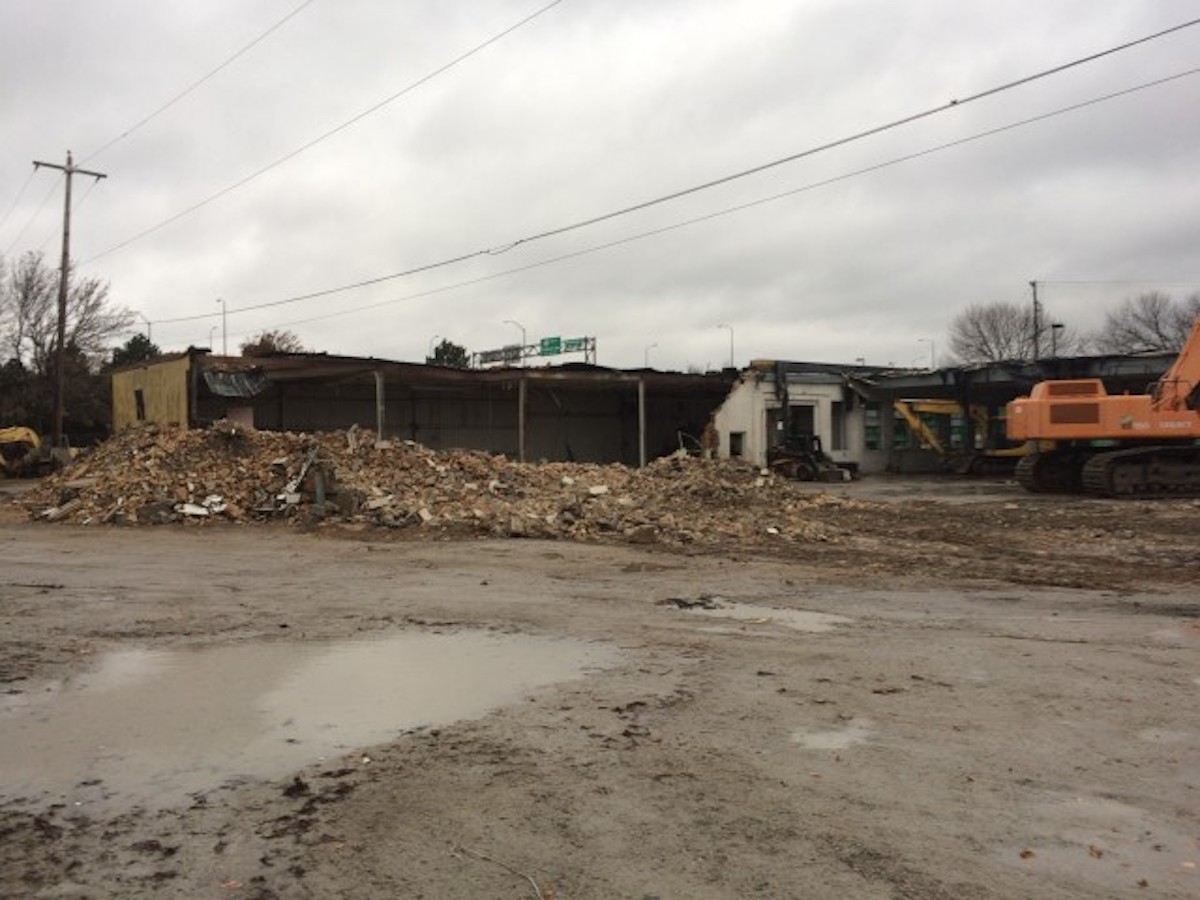How do brownfield tax credits work?
Federal, state and local tax incentives and credits support brownfield redevelopment by providing site developers with financial assistance. The U.S. Environmental Protection Agency (EPA) extends brownfield tax credits through various federal and state programs that:
- Let a brownfield developer redirect financial resources that are otherwise used to pay taxes toward cleaning up and addressing contamination issues.
- Improve the appeal of brownfield redevelopment projects to lenders.
Below, we discuss some of the key brownfield tax credits that developers can leverage for brownfield cleanup, redevelopment and reuse and how teaming up with an engineering and environmental firm can help you secure funding for brownfield remediation.
Brownfield tax credits — an overview
The New Markets Tax Credit (NMTC) program was developed to revitalize distressed urban and rural community economies. Every year, the qualified Community Development Entities (CDEs), which include a range of for-profit and nonprofit organizations, receive tax credits allocated and distributed through the Community Development Financial Institutions (CDFI) Fund.
Once a CDE receives the allocated tax credits, it can offer them to private-sector investors, such as banks, corporations, insurance companies and individuals. Investors who acquire stock or capital interest in the CDE can claim tax credit on the amount of equity investment.
For brownfield remediation projects, developers can approach CDEs to help finance the cleanup and reuse of affected sites. The tax credits that are available to investors encourage them to invest additional funds in qualifying projects.
The Low Income Housing Tax Credits (LIHTC) program incentivizes investors to consider financing a low-income housing project on a brownfield site. Although this is a federal program, it is administered by agencies at the state and local level. The aim of this program is to direct private equity toward developing affordable housing in low-income communities. These brownfield tax credits are often more attractive to investors than standard tax credits because investors benefit from a dollar-to-dollar reduction in their federal taxes.
Under this program, states are allocated tax credits each year based on population. Developers submit applications to state housing agencies, who select which developments receive the tax credits. The program is used either to construct buildings or rehabilitate buildings on a brownfield site.
This brownfield tax credits program was developed to discourage unnecessary demolition of sound buildings in older urban areas surrounding a brownfield site. The tax credits facilitate private investment in the cleanup and rehabilitation of historic properties and serve as an effective brownfield financing tool. The program offers two tax credits: one for the rehabilitation of old, uncertified properties and another for the restoration of certified historic properties. Private investors can claim a tax credit for the year in which the renovated building is put into service.
The program allows developers to sell or syndicate rehabilitation tax credits in exchange for cash flow to support brownfield redevelopment projects. This translates to more upfront project funding than programs that provide a tax credit at the end of the year.
State finance support
Several Midwest states, such as Illinois, Iowa and Wisconsin, have financing programs that provide brownfield funding in the form of loans, grants, tax incentives and tax credits. These are often integrated with traditional state development programs to encourage local brownfield redevelopment projects.
These programs help affected communities around brownfield sites channel resources to promote economic development through job creation, housing development and similar activities. In addition to offsetting cleanup costs, the state brownfield-related tax incentives and tax credits provide a buffer against increased property values that raise tax assessments before the site preparation costs are paid off.
Submitting applications and gaining access to financial assistance programs for brownfield revitalization is a complicated process. Developers often lack the breadth of knowledge and resources to secure funding solutions for brownfield redevelopment and need the guidance of engineering and environmental consultants who can work alongside developers and attorneys to qualify for brownfield tax credits and put them to use.
Making the most of brownfield tax credits in your community
Fill out the Contact Us form or give us a call at 815.394.4700. to learn more about how Fehr Graham can help local developers make the most of brownfield tax credits.



